Get complete Class 6 English (Poorvi) Unit 3 – What a Bird Thought (Pages 85–92) Answer Key with all questions and solutions. Includes before reading, comprehension, reflection, vocabulary, grammar, listening, speaking, writing, and explore activities. Perfect guide for exam preparation.
✅ What a Bird Thought (Nurturing Nature) – Questions and Answers | Class 6 English Unit 3 | NCERT Solutions
📖
The poem “What a Bird Thought” from Class 6 English (Poorvi) Unit 3 is a delightful piece that describes how a little bird sees the world. At first, the bird thinks the nest is the whole world. As it grows, it sees green trees, and finally the vast blue sky. This changing view reflects how our understanding of the world grows with age and experience.
In this blog, you will find the complete Answer Key for Pages 85–92 including all sections: Before Reading, Let us Discuss, Think & Reflect, Learn, Listen, Speak, Write, and Explore.
🐦 What a Bird Thought : Poem Overview
- The little bird first lived in a nest.
- It thought the world was small and round.
- Later it saw the green trees outside the nest.
- Finally, it saw the big blue sky and thought the world was very large.
- The poem shows how the bird’s idea of the world kept changing.
📖 Answer Key – What a Bird Thought
📍 Page 85 – Before Reading
Q1. Look at the picture of the bird. What do you think the bird is thinking?
👉 The bird is thinking about its small world inside the nest.
Q2. Have you seen a bird’s nest? Describe it.
👉 Yes, a bird’s nest is made of twigs, dry grass, leaves, and feathers. It is small and cozy.
Q3. What are the things you see in a bird’s nest?
👉 Eggs, small twigs, leaves, and sometimes cotton or feathers.
📍 Page 87 – Let us discuss
Q1. Where did the little bird live first?
👉 In a little nest.
Q2. What did the bird think of the world when it was in the nest?
👉 The bird thought the world was small and round like its nest.
Q3. What did the bird think when it looked outside the nest?
👉 The bird thought the world was green.
Q4. What did the bird think when it saw the blue sky?
👉 The bird thought the world was very big and blue.
📍 Page 89 – Let us think and reflect
Q1. Tick (✔) the correct statements:
- The bird lived in a forest. ❌
- The bird thought the world was small when it was in the nest. ✔
- The bird thought the world was green when it was in the nest. ❌
- The bird thought the world was big and blue when it saw the sky. ✔
Q2. Answer in one sentence:
- Where was the bird’s first home?
👉 The bird’s first home was the nest. - How did the bird’s idea of the world change?
👉 First it thought the world was small, then green, then big and blue. - What do you think is the world of a little fish?
👉 The water around it.
Q3. Answer briefly:
- What did the bird think about the world at different places?
👉 In the nest – small and round, outside – green, in the sky – big and blue. - Why did the bird think that the world was changing?
👉 Because its surroundings looked different each time. - What is the world for you?
👉 My home, school, friends, playground, and the earth.
📍 Page 90–91 – Let us learn (Vocabulary & Grammar)
Q1. Match the words with their meanings:
- nest → the bird’s home
- world → the earth
- sky → space above us
- green → colour of grass/leaves
- roof → the top of a house
Q2. Fill in the blanks:
- The bird lives in a nest.
- The sun shines in the sky.
- My house has a red roof.
- I like to see green fields.
- The world is round.
Q3. Arrange the letters to form words:
- neosbt → nest
- uesf → fuse (likely typo, could be use)
- lrwo d → world
- ysk → sky
- nreeg → green
Q4. Rearrange the words to form sentences:
- The bird lives in a nest.
- The world is very small.
- The bird flies in the blue sky.
- My house has a red roof.
- The world is round.
📍 Page 92 – Let us listen
Q1. Names of things (answers depend on passage, sample):
👉 Sun, Moon, Stars, Clouds.
Q2. Two uses of each (sample):
- Sun – gives light, gives heat.
- Moon – gives light at night, controls tides.
- Stars – shine in the sky, guide travellers.
- Clouds – give rain, give shade.
📍 Page 92 – Let us speak
Q1. Talk in pairs – What is the world for you? (Sample answer):
👉 The world for me is my family, friends, school, nature, and everything I see around.
Q2. Dialogue (sample):
- A: Do you like birds?
- B: Yes, I love to watch them flying.
- A: What do you think their world is?
- B: Their world is the sky and the trees.
📍 Page 92 – Let us write
Q1. A few sentences about your world (sample):
👉 My world is my home and my school. I love my parents, teachers, and friends. I play in the playground. My world is full of love and happiness.
Q2. Short poem (sample):
Birds fly high, up in the sky,
With little wings, they go by.
They sing sweet songs every day,
Cheerful and happy, they always stay.
📍 Page 92 – Let us explore
Q1. Collect names of birds (examples):
👉 Sparrow, Crow, Pigeon, Parrot, Peacock, Owl.
Q2. Proverbs about birds (examples):
- “A bird in hand is worth two in the bush.”
- “The early bird catches the worm.”
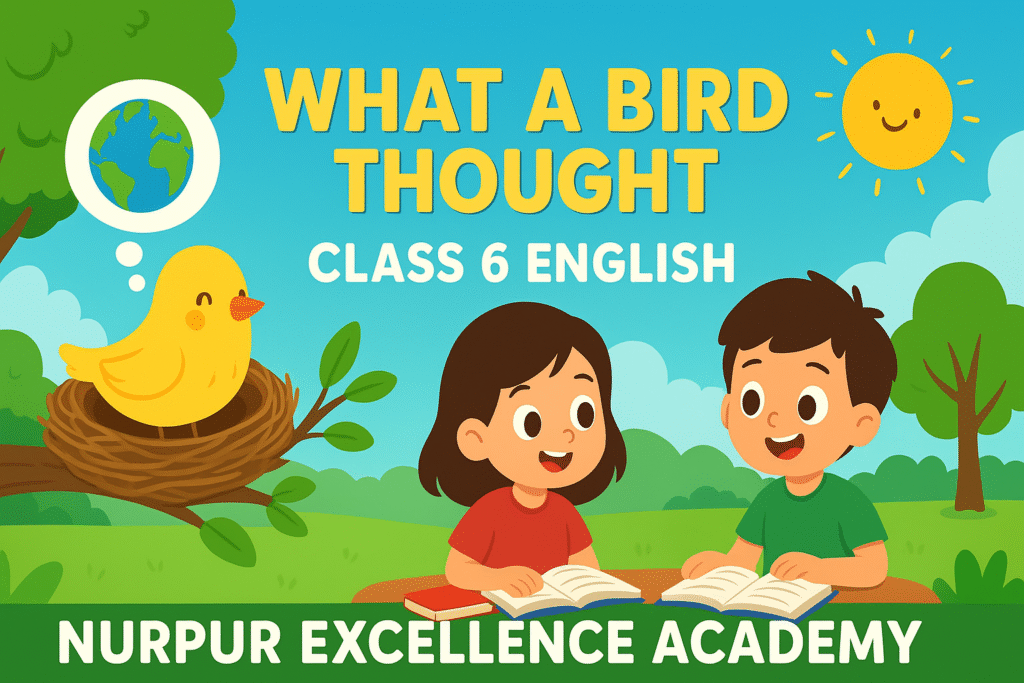
🌟
The poem “What a Bird Thought” teaches children how our world keeps expanding as we grow and experience more. Just like the bird, our knowledge is limited at first but increases when we explore beyond.
This Class 6 English (Poorvi) Unit 3 Answer Key (Pages 85–92) will help students in exam preparation and also inspire them to think about their own world. Teachers and parents can use it as a guide to encourage discussions on nature, imagination, and growth.
👉 Lesson: The more we explore, the bigger our world becomes.
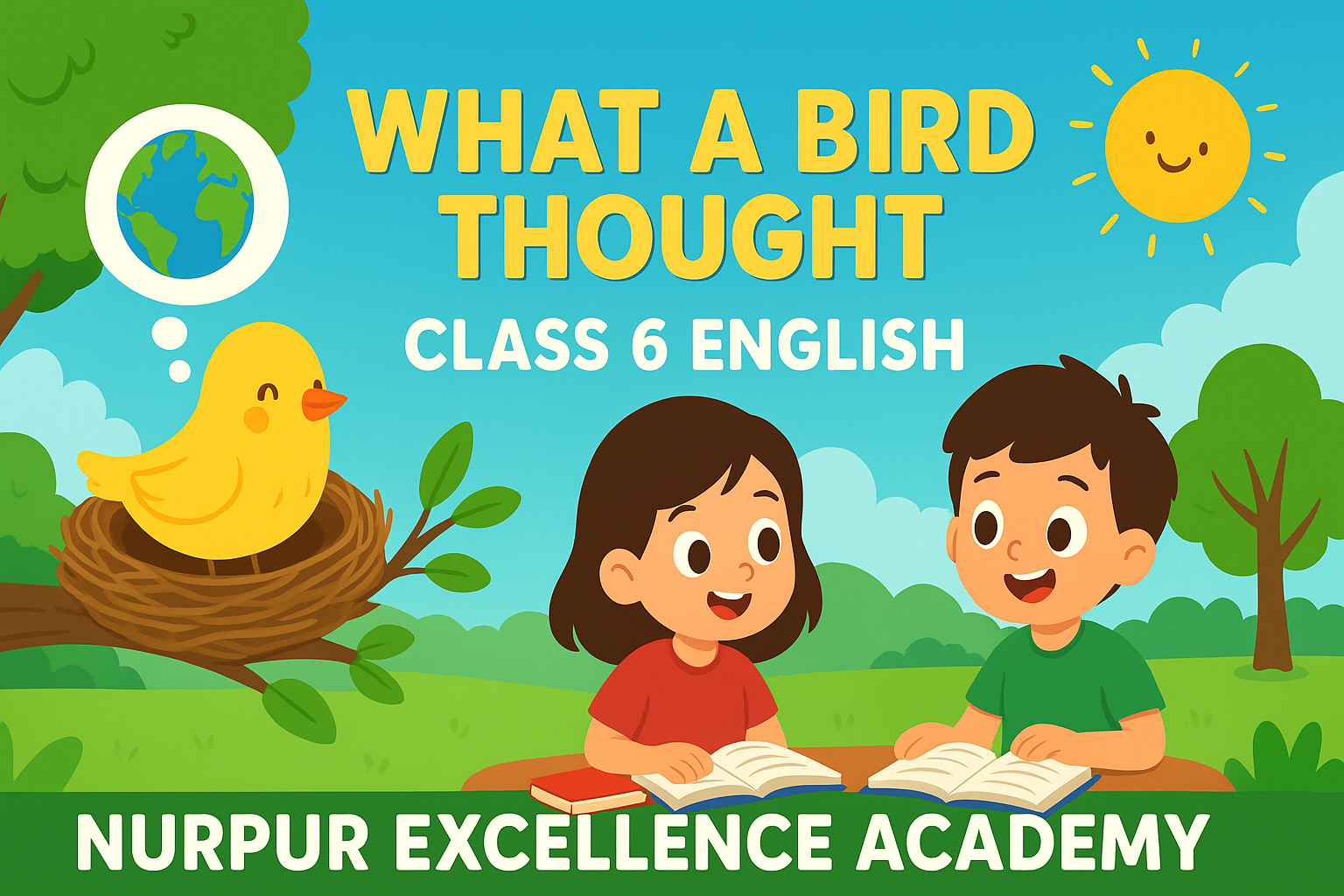
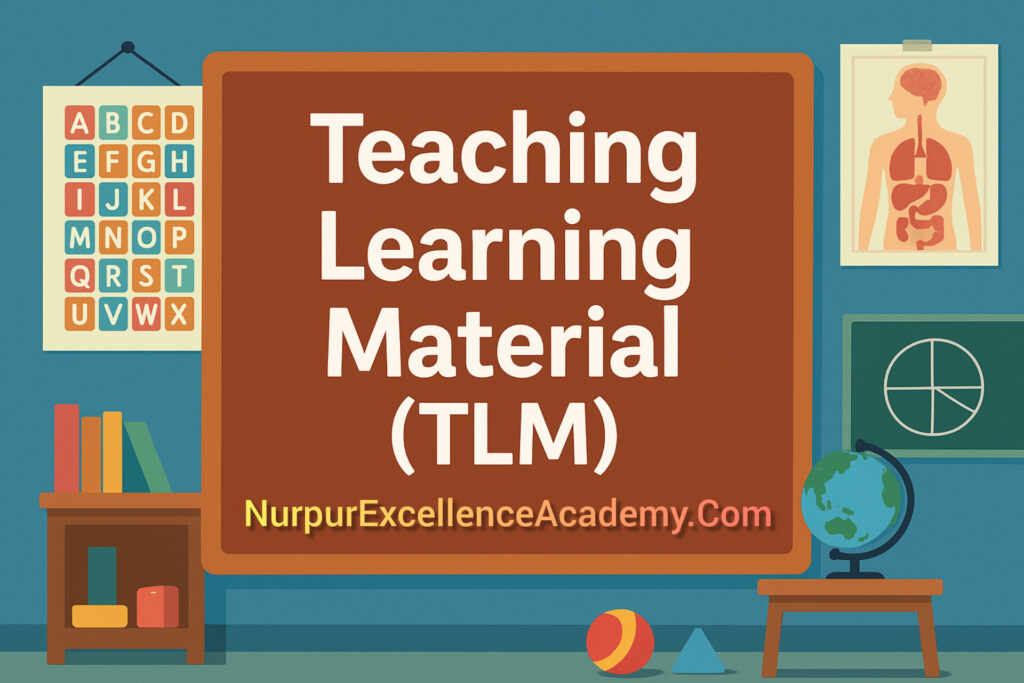
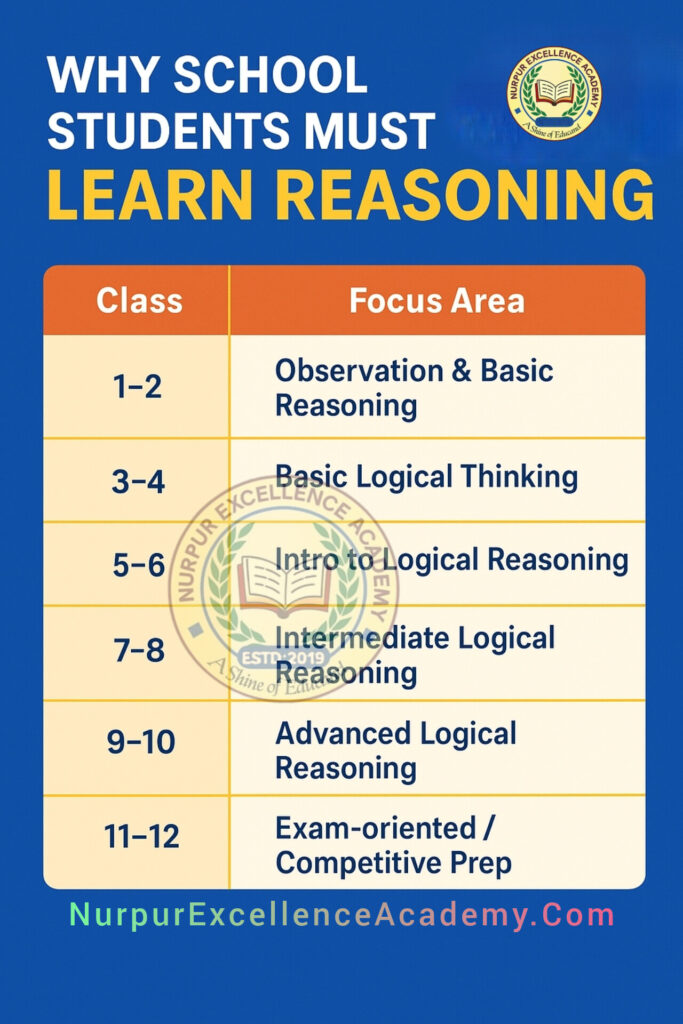
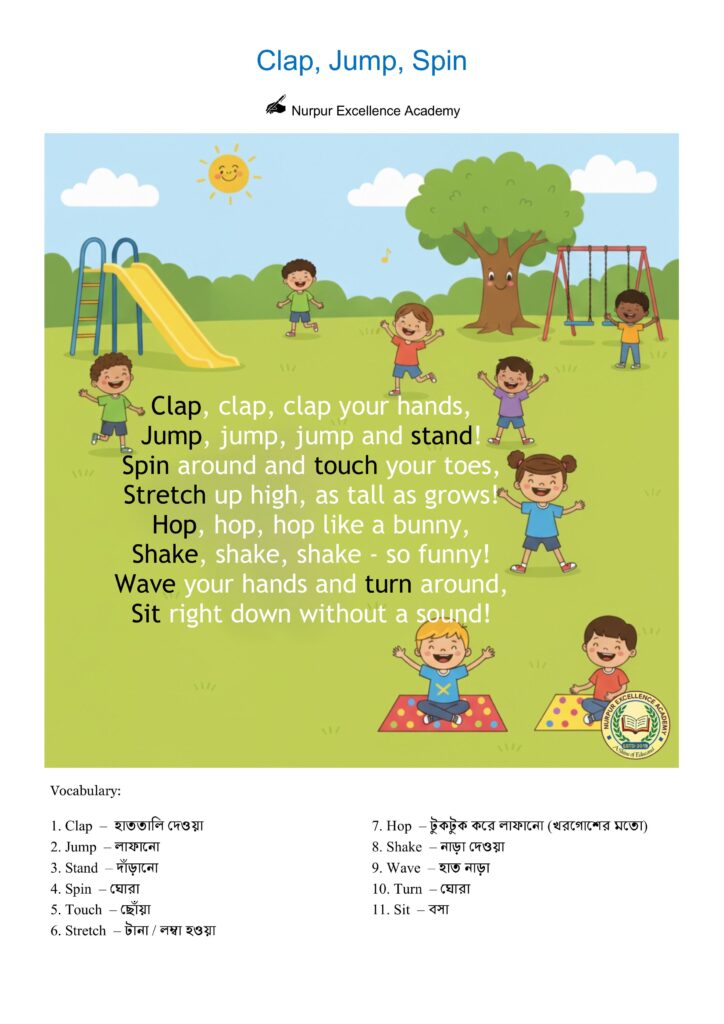
Leave a Reply